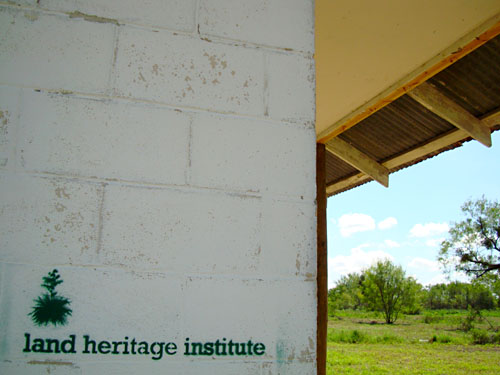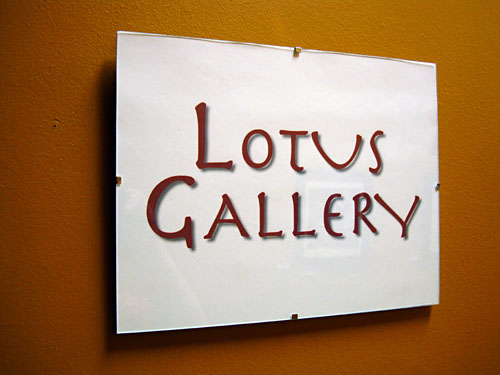Land Heritage Institute
Early in 2008, Penelope Boyer, a Land Heritage Institute board member approached us for approval to seek funding for a site-specific, land-use/land-art, photography project to be part of the 2009 FOTOSEPTIEMBRE USA Festival. Since Penelope has been involved with FOTOSEPTIEMBRE USA in the past, as a friend, a supporter, and as a coordinator in a series of very successful community-based art initiatives, we immediately agreed to collaborate with her on the Land Heritage Institute project.
A few months later, Penelope was successful in procuring a two-year project grant from the Neighborhood Arts Program of the City of San Antonio Office Cultural Affairs. The grant was awarded on the merits of the track record and reputation of FOTOSEPTIEMBRE USA (for the record, FOTOSEPTIEMBRE USA does not receive, nor does it seek public or private funding for the festival).
To better manage the project, Penelope was named Special Projects Coordinator for FOTOSEPTIEMBRE USA, and in the early Fall of 2008, we put together a set of criteria for the selection of the artists who were going to be asked to produce work for the Land Heritage Institute project. This being a two-year project, we decided that the first year’s assignment would go to a local photographic artist; and in the project’s second year, in 2010, we would engage a photographic artist from Mexico, in conjunction with the City’s 2010 Cultural Initiative to celebrate the centennial of the Mexican Revolution, and the bicentennial of Mexico’s Wars of Independence.
Out of a roster of about eight local photographic artists that we originally had in mind, we opted to work with Ansen Seale. Ansen has had a long history of documenting and producing images for Land Art projects, Prehistoric and Native American Art, and other nature projects. Another factor that influenced our choice was that Ansen also had the technological savvy necessary to produce work for what could (and did) turn out to be a very low-tech, out-in-the-boonies environment in the property owned and managed by Land Heritage Institute.
In November of 2008, we made a scouting trip with Ansen Seale to the Land Heritage Insitute property (which in years past was going to be the site of the proposed Applewhite Reservoir), adjacent to the Medina River in San Antonio’s deep South Side, and literally next door (in country terms) to the Toyota production facility on Applewhite Road.
Even though several venues were initially being considered to display the images produced for the project (the Toyota Visitor’s Center, for example), FOTOSEPTIEMBRE USA was always of the mind that the project had to be site-specific to the property owned by Land Heritage Institute, and that it should be presented within the context of either the land or one of the existing structures at the property, thus creating an art destination and pride of place, all at once. In the end, the general consensus was that this in fact was the best choice.
Once the site was agreed upon, Ansen Seale was then able to focus on the context and esthetics of the project, which ultimately -after months of planning, working and experimenting- led to The Corn Crib, a site-specific installation that features a series of solar-powered, low-voltage, backlit images of corn ears; housed in an old corn storage shed, about a half-mile Southwest of the Presnall Watson House, the current gravity center for Land Heritage Institute. Most of the photographs were made by Ansen Seale using his Trademarked ePan camera, which takes 360 degree images of any particular subject matter.
(Click here to see video of the The Corn Crib by Mark & Angela Walley).













